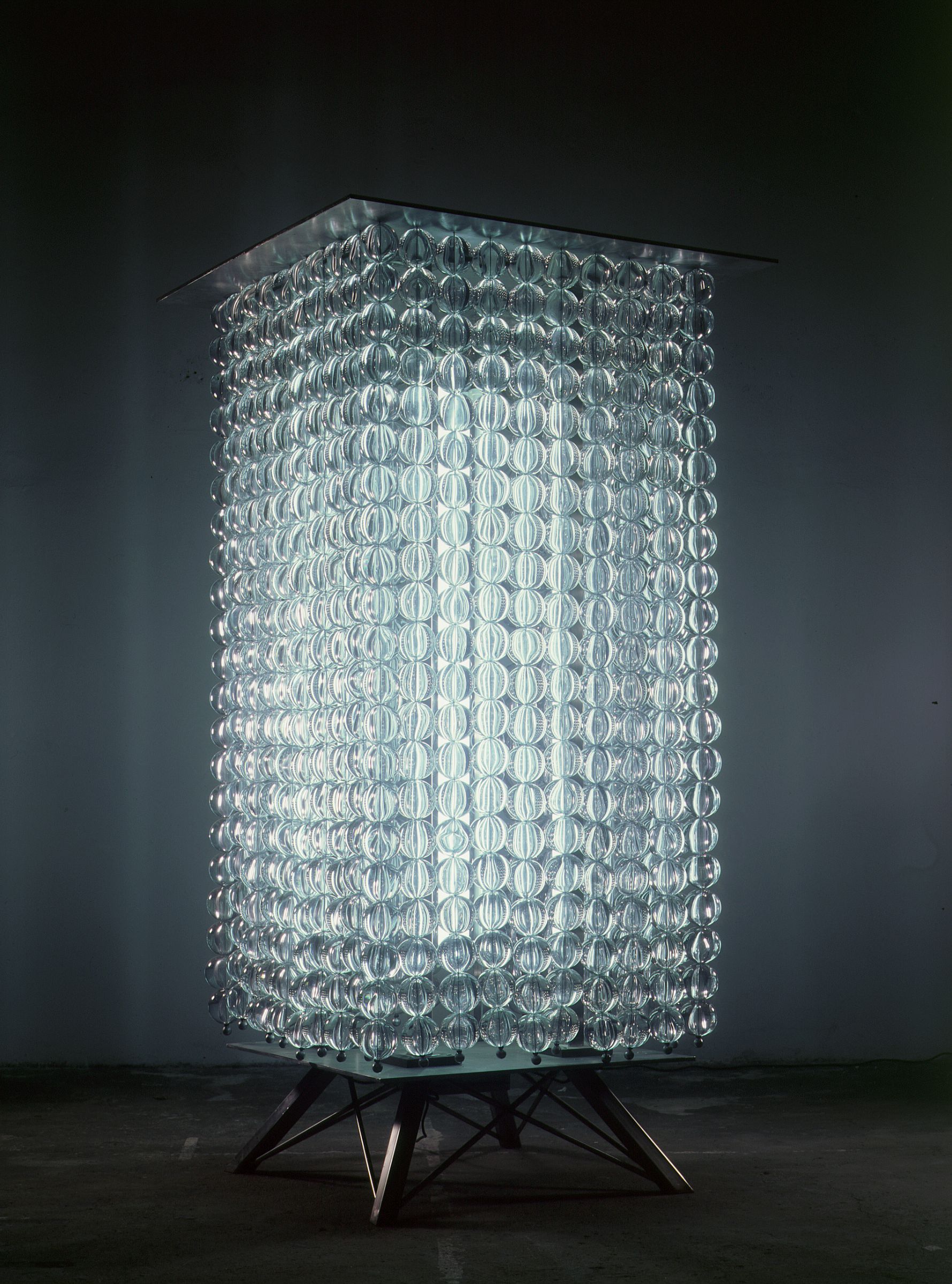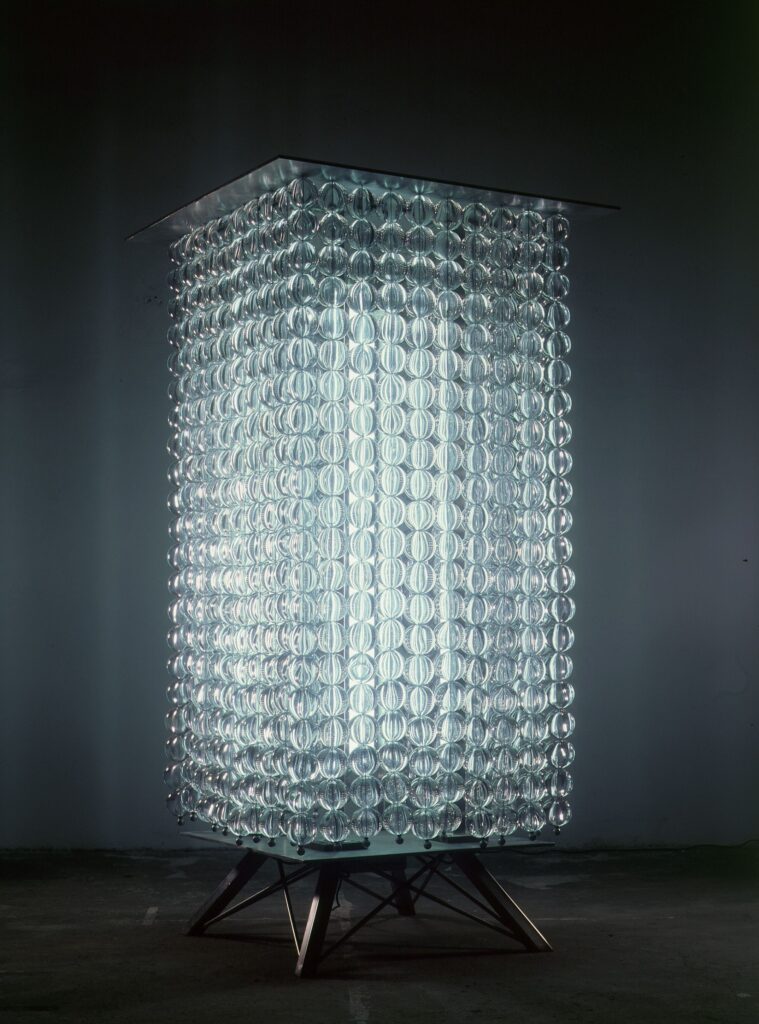Jaume PlensaSilent Noise


Past exhibition
Jaume Plensa Silent Noise
About the Exhibition
Jaume Plensa—Silent Noise features 13 sculptures and a number of works on paper created in the last 10 years. Plensa explores one’s existence through his examination of the physicality of the body, the role and obfuscation of memory, the juxtaposition of opposite forces, and the examination of text as a medium. His experimentation with a wide variety of artistic practices and media varies from works on paper, to glass casting, to the use of light, to traditional sculptural materials, to public projects and opera collaborations. Plensa considers “sculpture to be the best way to pose a question because it is in itself a question”. Plensa draws the viewers into the work through his questioning, creating an experience of contemplation and wonder. “The great fundamental questions. Who knows? Just to ask is fascinating for me.”
Plensa’s main frame of reference is the body. He is interested in how the body fits into the environment it inhabits, as well as what it contains. Such dualities are demonstrated in the work Crystal Rain (2003), a sculpture from his cell (as in container and body component) series. Reflecting the body in dimension and assembly, the walls of the piece are individual glass balls hanging in rows which form a box-like construction. The viewer is reflected in the awareness of the human mass, while simultaneously understanding the breakdown of the human body. The Pilgrim (2000) depicts circulation elements of the body. Four large glass drops are tied together and hanging, three are clear (water-based fluids) and the fourth (“the pilgrim”) is blood red.
Plensa explores not just the physical experience of human existence, but the metaphysical experience as well. Tattoo (2003) is a statuesque figure kneeling meditatively while an interior light shifts through the color spectrum. The exterior of the figure is covered in text from a popular children’s book that poses questions to encourage the young reader to create their own definition of the world, and to inspire an existential inquiry into their placement within it.
Plensa is enamored with language, from its lyricism to how text represents ideas and gives concepts form. In Silent Rain (2003), eight large curtains, each an excerpt from works by Baudelaire, Blake, Dante, Estellés, Ginsberg, Goethe, Shakespeare, and Williams, are constructed from cascading iron letters sewn together. The words are broken into their individual units (letters), and while legible, become physically engaging, tempting the viewer to be literally surrounded by a skin of language. In Wispern (1998) the form of language plays a different role. Part of a yet to be finished series of 72, each cymbal is inscribed with one of William Blake’s “Proverbs of Hell.” The cymbals are suspended from the ceiling by a cord over a basin, drops of water flow down the cord, striking the cymbal, producing sound. The volume of bronze removed by the inscription, determined by the length of the proverb, alters the sound. Each piece has its unique voice; en masse they become a murmuring crowd. Sound is also a crucial element in Silence – Heart (2001), a pair of large gongs similar to those found in Eastern temples. Each incised with one word from the title, they are intended to be struck, so the sound and reverberation engulfs and vibrates through the viewer’s body, a confirmation and continuation of the life force.
Organized by The Arts Club, this is the first major traveling exhibition of the Spanish artist in the United States. It travels to the Contemporary Arts Center in New Orleans from April 23 through June 13 2004, and to the University Gallery at the University of Massachusetts, Amherst, in September 2004. A catalogue is available with essays by Kathy Cottong, director, The Arts Club of Chicago; Laura Coyle, curator of European Art, Corcoran Gallery of Art, Washington, DC; and Doris von Drathen, independent art historian and critic.
About the Artist
Jaume Plensa has had exhibitions throughout the world, most recently a retrospective at the Museo Nacional Centro de Arte Reina Sofía in Madrid. He has exhibited at Fundació Joan Miró, Barcelona, Spain; Galerie National du Jeu de Paume, Paris, France; Malmö Konsthall, Malmö, Switzerland; Kestner Gesellschaft, Hannover, Germany; and The Baltic Centre for Contemporary Art, Gateshead, United Kingdom, among others. He has done many public projects and is currently working on a fountain installation for Millennium Park Chicago due for completion in 2004.
Funding
This exhibition has been realized with the generous support of Arte Español Para El Exterior, the Ministerios de Asuntos Exteriores, the Dirección General de Relaciones Culturales y Científicas, the Sociedad Estatal para la Acción Cultural Exterior, and the Embajada de España.